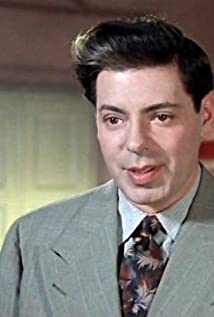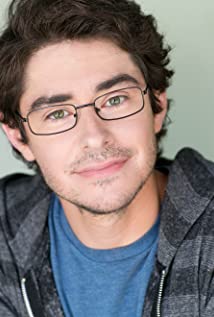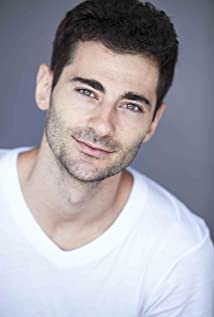Giallelis' first post-America, America film offer came shortly after the epic went into wide release during Christmas week of 1963. Leopoldo Torre Nilsson, Argentina's internationally best known filmmaker, whose hypocrisy- and corruption-themed films regularly received acclaim at European film festivals, invited him to star in his new project, El Ojo de la Cerradura (The Eavesdropper). His co-star, and the only other non-Spanish speaker in the cast would be intense twenty-one-year-old Actress Janet Margolin who, two years earlier, received critical praise for her highly dramatic co-starring role (with Keir Dullea) in Frank Perry's David and Lisa. Filmed in Buenos Aires, El Ojo de la Cerradura garnered encouraging notices at a number of film festivals and won the Silver Condor Best Film Award from the Argentine Film Critics Association. Two years later it received a belated release in U.S. art houses, including a September 1966 New York premiere. Despite good notices, it soon ended its run and has remained elusive. Giallelis' second 1966 U.S. release, Cast a Giant Shadow, is the only title in his brief filmography structured as a major studio production. The all-star epic about a Jewish-American army officer's key leadership role in winning the battles which led to the 1948 establishment of Israel, found him fifth-billed after Kirk Douglas (as the central figure, Colonel Mickey Marcus), Senta Berger, Angie Dickinson and James Donald. His role, as a dedicated Israeli fighter for independence, spotted him in various brief moments throughout the film, but did not leave a strong impression. Despite its Hollywood pedigree, Cast a Giant Shadow was shot by Director Melville Shavelson entirely on outdoor locations in Israel and Italy as well as studio interiors at Rome's Cinecittà studios.

















